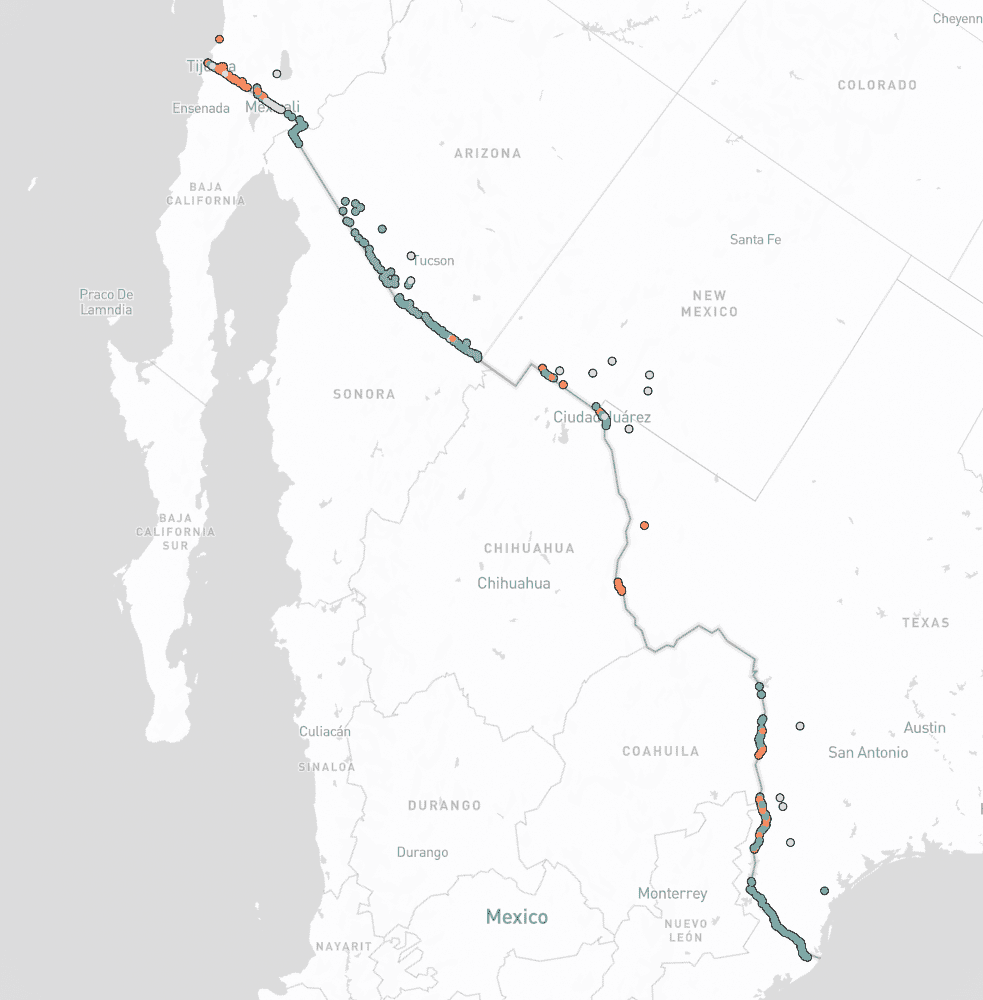TL;DR:
- The US is deploying advanced surveillance towers along its southern border, some of which use AI to address drug smuggling and unauthorized migration.
- These autonomous towers are equipped with 360-degree panoramic radars and sensors, powered by AI software to distinguish between humans and animals.
- The technology allows for targeted monitoring and faster response to suspicious activities.
- Defense contractors like Anduril Industries and Elbit Systems of America are involved in building these towers.
- Concerns include potential overreach, privacy issues, and whether they also monitor individuals in Mexico.
- The US plans to continue expanding this surveillance technology along the border.
Main AI News:
The US government is taking a significant step in border security by deploying advanced surveillance technology along its southern border. These innovative measures include the use of artificial intelligence (AI) to detect and monitor activities aimed at reducing drug smuggling and unauthorized migration. While these developments are seen as crucial in addressing pressing issues, such as staffing shortages and a surge in illegal immigration, they also raise concerns over civil liberties and potential overreach. This article delves into the details of this “virtual border wall,” its implications, and the ongoing debate surrounding it.
The Rising Importance of the “Virtual Border Wall”
With an unprecedented number of people entering the United States through the southern border, the need for enhanced border security measures has never been more critical. The US Customs and Border Protection (CBP) is responding by installing hundreds of surveillance towers equipped with advanced AI capabilities, revolutionizing the way border security is managed.
The Technological Advancements
These autonomous surveillance towers come equipped with 360-degree panoramic radars and sensors, enabling them to scan vast areas. What sets them apart is their AI software, which can distinguish between humans and desert animals, reducing false alarms. These towers can be strategically programmed to avoid monitoring certain regions, like private ranches or homes, addressing concerns over privacy.
Furthermore, the towers are solar-powered and can be easily erected without drilling holes or requiring concrete, making them flexible and adaptable to changing border security needs.
Surveillance Towers in Action
When these towers detect suspicious activity, images are relayed to Border Patrol personnel, who can quickly respond and deploy agents to the identified area. This technology is seen as a game-changer in border security, allowing for a more efficient allocation of resources and a faster response to potential threats.
The Evolution of Border Security Technology
This deployment of advanced technology marks a significant evolution in US border security. It comes six years after the US Government Accountability Office highlighted the need for improved data quality and effectiveness in existing surveillance technologies.
Previously, in 2011, a $1 billion initiative to build a “virtual border fence” was canceled due to technological and deployment issues. The current deployment signifies a commitment to rectify past shortcomings.
The Stakeholders
Several defense contractors, including Anduril Industries and Elbit Systems of America, have played a pivotal role in building these surveillance towers. These towers are located on public, private, and tribal land, often in areas with limited border agent presence.
Benefits and Concerns
Supporters of the “virtual border wall” emphasize its effectiveness and efficiency compared to traditional physical barriers. Jorge Guajardo, a partner at Dentons Global Advisors, calls it a “perfect solution” for border protection, praising its ability to complement existing security measures and foster cooperation with Mexico.
However, concerns remain about the extent of surveillance. It is unclear whether these towers are also monitoring individuals in Mexico or everyday citizens near border cities. Transparency and oversight are essential to ensure that these technologies are not misused.
Future Developments
The US government plans to continue building more surveillance towers along the border. Ongoing negotiations over border security measures will likely impact funding for further developments, making this a topic to watch in the coming years.

Source: Axios
Conclusion:
The deployment of AI-powered surveillance technology along the US southern border represents a significant step forward in border security. While it promises enhanced efficiency and effectiveness in addressing pressing immigration and security challenges, it also raises legitimate concerns about civil liberties and the scope of surveillance. Striking a balance between security and privacy will be a crucial ongoing debate as these technologies continue to evolve.

